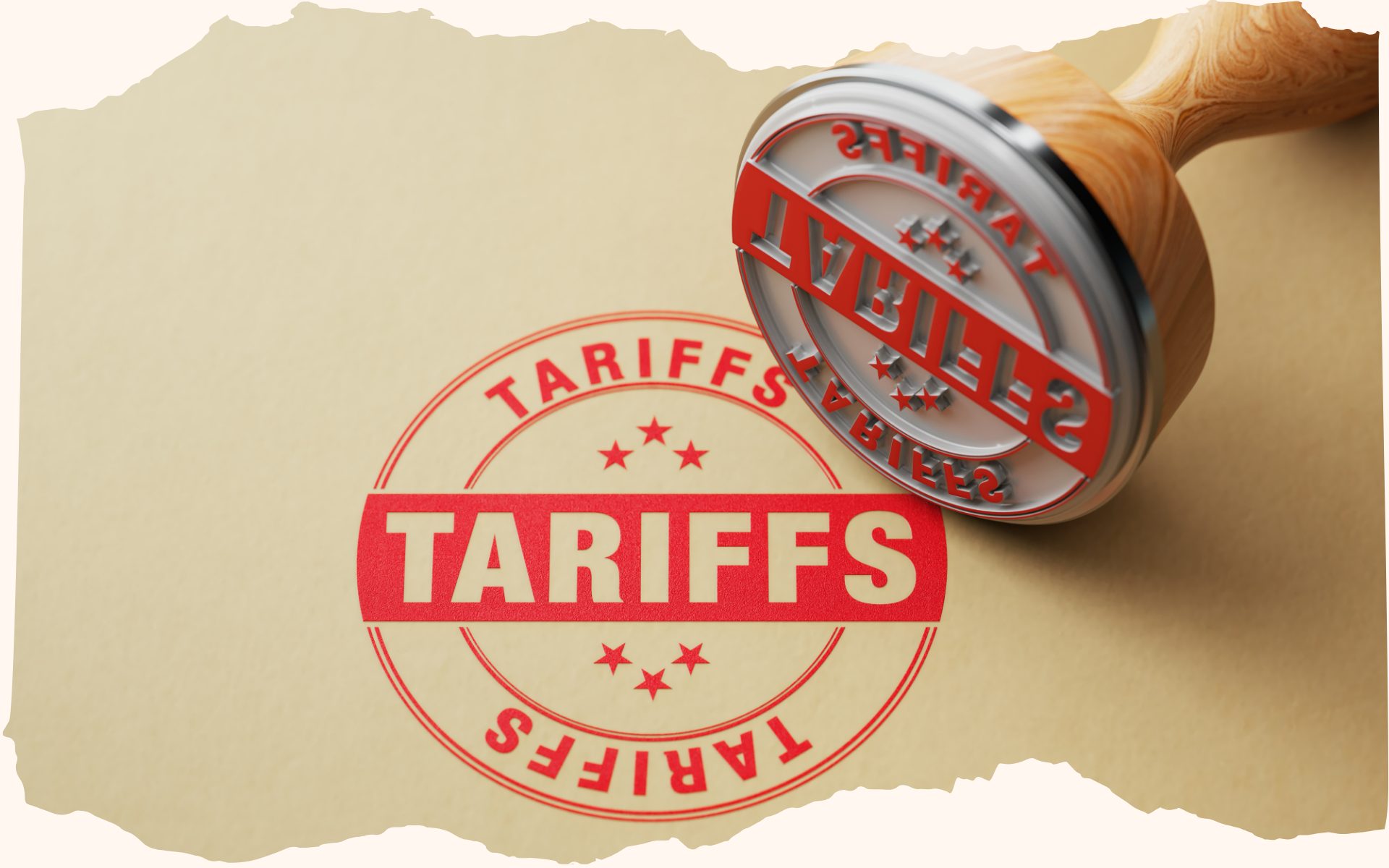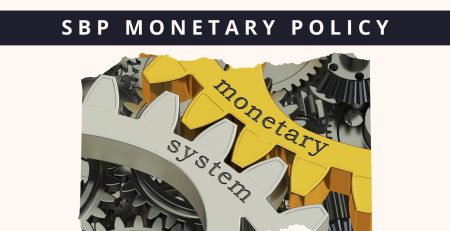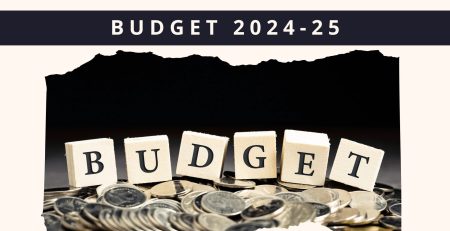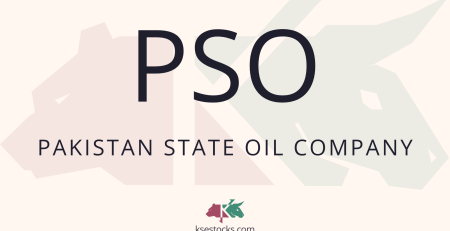US tariffs won’t affect Pakistan, here’s why
AKD Research recently released a report on how US tariffs will affect Pakistan. Here are the details of the report.
Pakistan’s KSE-100 index is expected to continue its upward trend, driven by improving macroeconomic indicators, a stable currency, and falling interest rates. While concerns over U.S. tariffs and aid freezes exist, investor sentiment remains positive. Analysts expect the State Bank of Pakistan (SBP) to cut interest rates further by 250 basis points in 2025, making equities an attractive investment option.
📢 Announcement: We're on WhatsApp – Join Us There!
Impact of U.S. Tariffs on Pakistan
The U.S. recently imposed additional tariffs on imports from Canada, Mexico, and China, indirectly benefiting Pakistan. A stronger U.S. dollar and sustained higher interest rates could push global commodity prices lower, reducing Pakistan’s import costs. Despite trade restrictions, the U.S. remains Pakistan’s largest export destination, accounting for 19% of total exports in 1HFY25. However, Pakistan’s direct exports to the U.S. (0.1% of total U.S. imports) remain minimal, limiting any major negative impact.
Minimal Impact of U.S. Aid Freeze
The freeze on U.S. aid to Pakistan is expected to have little impact on the country’s financial position. The government allocated $21 million in USAID grants for FY25 against an overall external financing requirement of $26 billion. However, any potential taxation on remittances from Pakistani workers in the U.S. could present a downside risk.
Domestic Investors Absorbing Selling Pressure
January 2025 saw aggressive selling from banks and foreign investors, but domestic investors took advantage of lower valuations. Key statistics include:
- Mutual funds (MFs) were net sellers, offloading $12.2 million worth of equities.
- Individuals increased exposure by $24.8 million, leading the buying activity.
- Companies acquired $21.3 million, while insurance firms bought $9 million in stocks.
- Banks and foreign investors had combined outflows of $47.9 million.
This trend indicates that local investors are driving market stability, offsetting foreign-led sell-offs.
Don't miss:
- Which cars are driving the rally in auto stocks?
- 5 High ROE stocks according to Topline Securities
- Why TPLP could go higher.
Key Sectors to Watch
Market analysts recommend an overweight position in the following sectors:
- Banks (supported by economic stability and strong earnings)
- Exploration & Production (E&P) (gaining from stable energy prices)
- Fertilizer, Cement, and Autos (benefiting from monetary easing and structural reforms)
- Technology (expected to gain from declining commodity costs)
Meanwhile, the Power sector remains neutral, while Chemical stocks are underweight due to sector-specific challenges.
Final Thoughts: Optimism with Caution
The KSE-100 index is set for a strong 2025, with lower inflation, stable interest rates, and improved macroeconomic conditions. However, investors should remain cautious about potential risks, including policy shifts in the U.S. and currency fluctuations. While optimism prevails, maintaining a balanced and informed investment approach is key to navigating the evolving financial landscape.
⚠️ This post reflects the author’s personal opinion and is for informational purposes only. It does not constitute financial advice. Investing involves risk and should be done independently. Read full disclaimer →












Leave a Reply